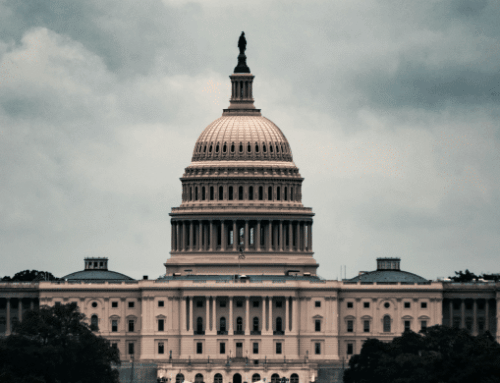Before you go online trying to download Battle Force 2045 as the successor to Fortnite you should know that it is the Defense Department’s plan for the U.S. Navy.
This week Secretary of Defense Mark Esper rolled out aspects of his plans. The proposed plan for shipbuilding is eye-opening, one might even say eye-popping. From Secretary Esper’s speech this week on the plan:
“Battle Force 2045 calls for a more balanced Navy of over 500 manned and unmanned ships. Further, we will reach 355 traditional Battle Force ships prior to 2035, the time at which the [People’s Republic of China] aims to fully modernize its military. And most importantly, we now have a credible path for reaching 355 plus ships in an era of fiscal constraint.” (Emphasis added.)
So, a senior official of the Trump Administration is now on record predicting an era of fiscal constraint at the Pentagon. We won’t be holding our breath although, even though with COVID-19 flying around that might be the smartest thing we could do. But, seriously, in the last 3+ years the Pentagon hasn’t had to do the kind of belt tightening that other agencies have been subjected to in their discretionary budgets. So if it’s a Trump Administration budget for Fiscal Year 2022, we’ll be combing through it looking for all those predicted fiscal constraints. We hope we’ll find some.
Secretary Esper revealed some details from the shipbuilding plan:
- Increases to the attack submarine fleet; currently at between 50-55 hulls, the plan is to increase this to a fleet of 70-80 hulls
- Nuclear-powered carriers will receive an “airwing of the future” to extend the range from the ship at which they can engage the enemy; the plan is to maintain 8-11 carriers
- “Light carriers” supporting short take off and vertical landing aircraft such as the F-35B. Up to 6 of these “light carriers” would join the current nuclear-powered fleet
- 140 – 240 unmanned and “optionally” manned surface and sub-surface vessels
- 60-70 new, smaller, surface combatants such as the new guided missile frigate
- 70-90 combat logistics ships
- Unmanned ship-based aircraft of all types
- 50-60 amphibious warfare ships
The Secretary states the obvious when he says, “Achieving Battle Force 2045 over the long run will not be easy. Parochial interests, budget uncertainties, industrial capacity, and other competing factors will contest our ambitions.”
So, how will these beyond ambitious plans be financed “within real world budget constraints”? Secretary Esper vaguely refers to work by the Department of the Navy that resulted in finding funds “in the coming years for the building of new ships.” Additionally, the Secretary says he has agreed to provide more funding “harvested” from Pentagon-wide reform efforts. “Together, these additional funding streams will increase the shipbuilding accounts to 13 percent within the Navy’s topline…”.
Since the Secretary of Defense didn’t supply the figures, allow us:
- The Fiscal Year 2021 requested topline for the Department of the Navy is $207.1 billion
- Thirteen percent of that is $26.9 billion
- The Shipbuilding & Conversion budget request from the Navy for FY21 was $19.9 billion…
- … out of a total Procurement request for the Navy and the Marine Corps of $57.2 billion.
And while a $7 billion increase in shipbuilding might not seem unreachable, consider that this would put the ship accounts at just over 46% of all procurement funding across both the Navy and the Marine Corps, if other procurement accounts stay flat.
Secretary Esper calls for the partnership of the Congress in “sustained, predictable, adequate and timely budgets, which means no more continuing resolutions.” (If wishes were horses, we’d all have a ride, Mr. Secretary!)
Finally, the Secretary asks for the authority to transfer Navy dollars that are unused at the end of the fiscal year directly into the shipbuilding accounts. Call us skeptics, but we’re guessing the aviators will be going on a spending spree in September before they’ll let “their” money go to shipbuilding. Just a highly educated guess.
The bottom line is that the shipbuilding boosters in the Congress are going to take this plan and run with it – no matter what bank they have to break in order to fund it. The powers behind beefing up the shipbuilding accounts are politically diverse, including those who believe in the need for a robust blue-water Navy and those who support the heavily unionized shipbuilding industry. In a defense industry that is increasingly non-unionized, shipbuilding and its traditional, metal-bending trades is the exception.
Oh and one other thing this doesn’t take into account – maintaining the Battle Force 2045 when the naval shipyards can’t even keep up with the existing fleet.
At Taxpayers for Common Sense we believe that spending must also make fiscal sense. With our debt and deficit both on a steep, upward trajectory, we believe everyone needs to take a deep breath and understand the true costs of starting this expensive path.










